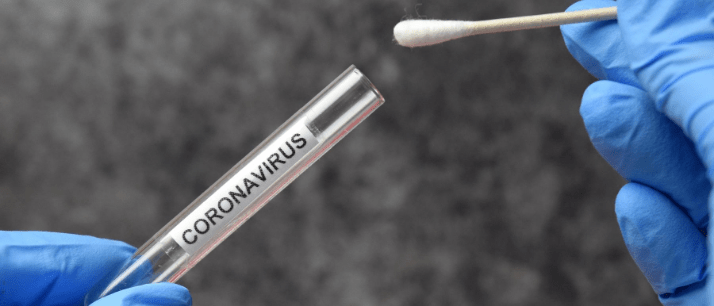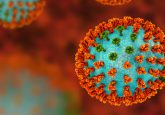Immediate COVID-19 test results made more possible with new diagnostic tool

A diagnostic tool for detecting COVID-19, using glycans, has been shown to work by a research team from the University of Warwick (Warwick, UK), rather than using the proteins of the virus. This is a significant step towards making the diagnostic tool a viable test with on-the-spot detection of coronavirus infection.
Currently, COVID-19 tests require laboratory methods, a collection of swabs from patients and at the earliest, provide ‘next day’ results. However, the new diagnostic tool being developed by Iceni Diagnostics (Norwich, UK) and the University of Warwick could allow on-the-spot detection of coronavirus infection. It does not require laboratory facilities and can be easily disposed of.
The multicenter research team from the University of Warwick, the University of Manchester (Manchester, UK) and Iceni Diagnostics described the technique in a preprint paper announced earlier this year and they have also submitted additional results to the journal ACS Central Science. The new diagnostic tool uses glycans to detect the virus in a tool similar to a home pregnancy test.
The need for a rapid diagnostic test is urgent, especially for healthcare professionals and individuals receiving education and using public transport.
The research team are now looking for investment or philanthropic donors to take the concept forward.
Matthew Gibson, (Warwick Medical School), commented “Our team has now been able to show that this detection technique works with a ‘pseudotyped virus’; a safer to handle alternative which mimics SARS-COV-2. This further demonstrated that the diagnostic format can detect actual viruses not just the isolated proteins from its surface.”
“The additional results have allowed us to fine-tune the system more and learn more about how we can optimize the detection limits and exactly how a sample needs to be introduced to the device, which is crucial. Our next stage is patient samples and understanding how sensitive the device is and really thinking how it might be used alongside existing diagnostic tools,” explained Gibson.
“The rapid detection of the virus, for both healthcare and to enable society to return to normal is crucial. Our technology, developed through joint PhD student work with our industry partners, makes use of glyco-nanomaterials to detect a specific portion of the coronavirus. The technology is straightforward and extremely low-cost as the kit is paper-based. The University retained lab-capacity for essential COVID research such as this ensuring we could fulfil the University’s mission to create new knowledge and innovative solutions,” stated Gibson.
Robert Field, Iceni diagnostics, explained, “It is great working with the fabulous talent in the Gibson team at Warwick. Combining our expertise has enabled us to move this project along rapidly- including initial clinical evaluation. We look forward to extending our working relationship with Warwick to explore diagnostics for other infectious diseases based on carbohydrates and glycopolymers.”
James Lapworth, Warwick Innovations (Warwick, UK), concluded “There is an urgent, global need to increase diagnostic testing capacity for COVID-19 infections. This new approach potentially offers significant benefits because it delivers a very rapid result and requires no specialist lab equipment or training to complete. The result is that people could determine very quickly whether they have a current infection and take appropriate action, for example to self-isolate.”
Source: University of Warwick. Diagnostic tool for coronavirus being developed by University of Warwick makes significant step forward. Press release: https://warwick.ac.uk/newsandevents/pressreleases/diagnostic_tool_for




